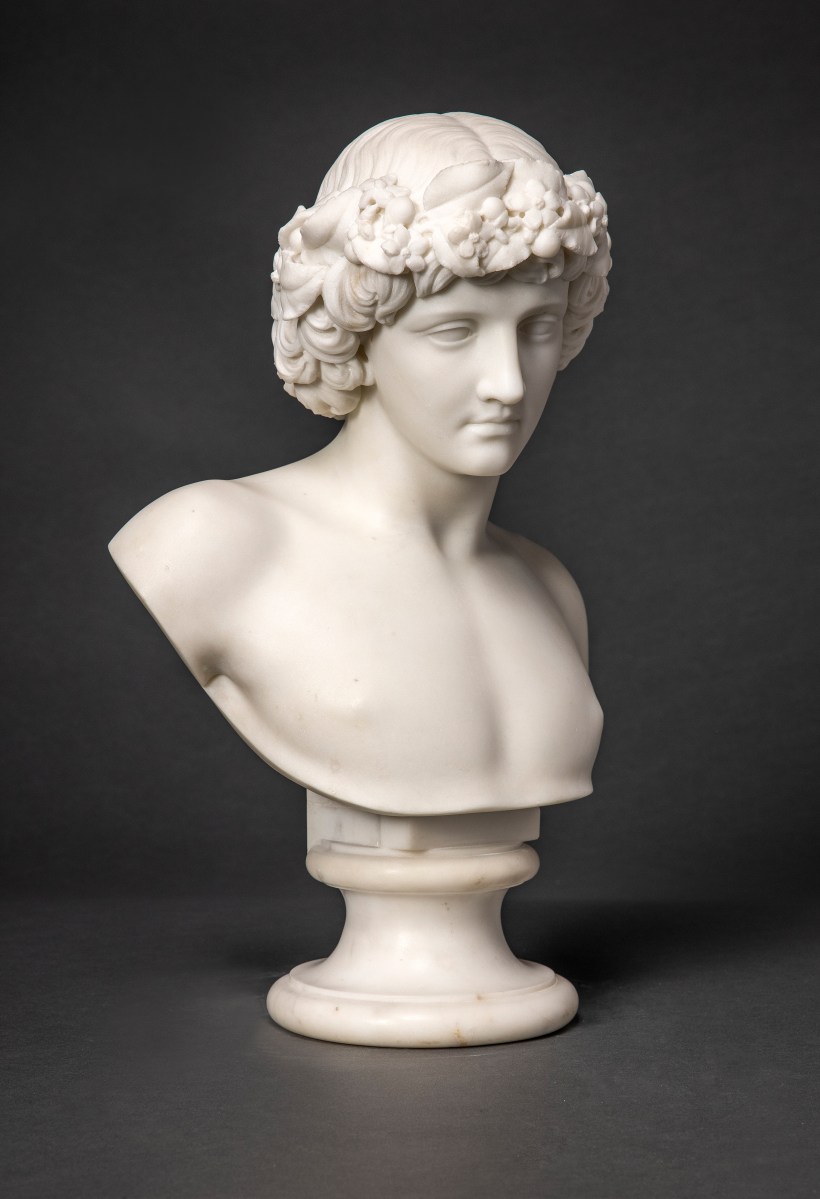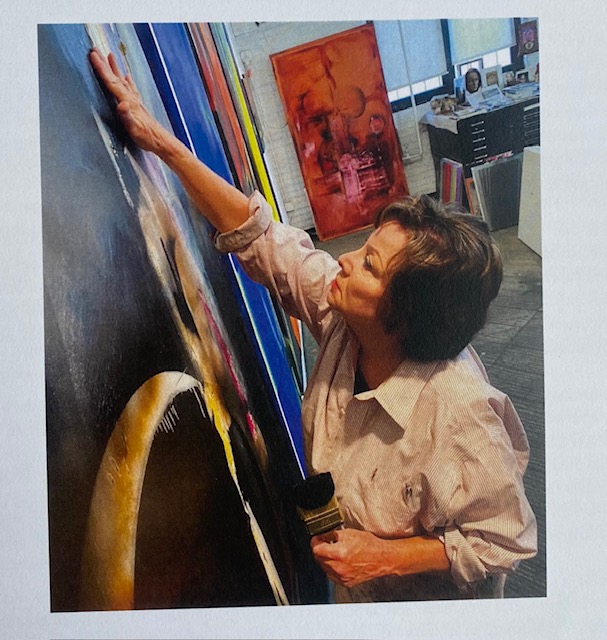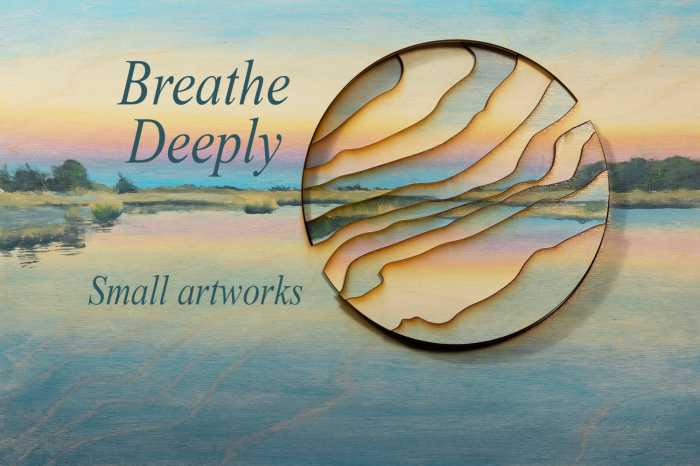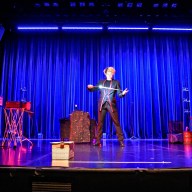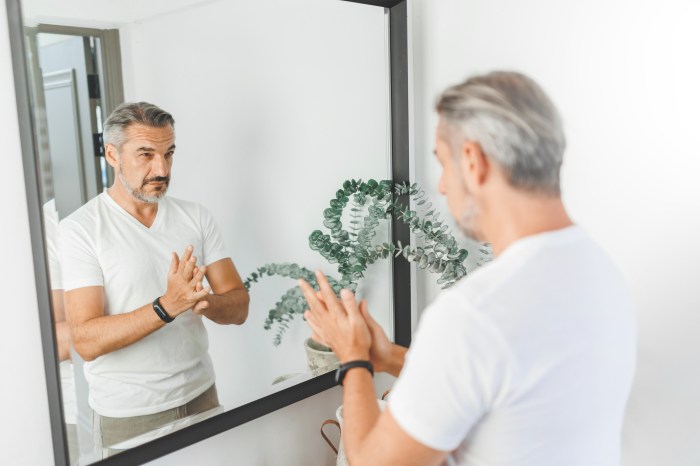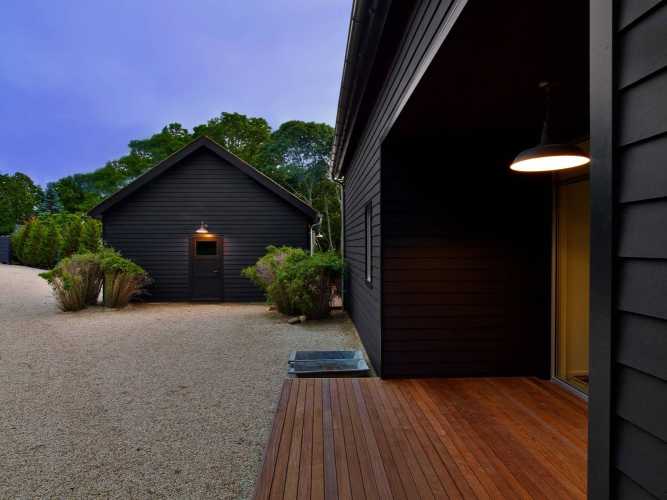Few visitors to New York City may realize that the angel atop Central Park’s iconic Bethesda Fountain was created by a woman: Emma Stebbins, a 19th-century American neoclassical sculptor whose career spanned Rome and New York. This fall The Heckscher Museum of Art in Huntington reunites Stebbins’s oeuvre in “Emma Stebbins: Carving Out History,” the first exhibition dedicated to the artist, on view through March 15, 2026.
The exhibition brings together 14 marble sculptures from across the United States and Europe, many of which have not been publicly seen in over a century. It also includes archival materials, photographs and newly conserved works, offering an unprecedented view into Stebbins’s career.
“Bethesda Fountain is instantly recognizable, but the woman who created it has been hidden in plain sight,” said Heather Arnet, Heckscher Museum’s executive director and CEO. “Emma Stebbins was acclaimed in her lifetime, then written out of history by the very institutions that should have preserved her legacy. This exhibition confronts that erasure and restores her voice as a pioneering queer artist of the 19th century.”
Born in New York City in 1815, Stebbins trained in drawing and painting before moving to Rome in 1857 to pursue sculpture. There, she joined a circle of women artists and intellectuals, including sculptor Harriet Hosmer and actress Charlotte Cushman, Stebbins’s life partner. Among her notable firsts, Stebbins created “The Lotus Eater,” the first male nude sculpted by an American female artist and a neoclassical bust of Cushman, likely the only one of its kind by a lesbian artist of her partner. Her commission of Bethesda Fountain marked her as the first woman to complete a public art commission in New York City.
“Stebbins was an artist of many firsts,” Arnet said. “Through her sculpture, she challenged social norms and broadened the possibilities for women in the arts.”
Several works thought lost for decades have been reunited in Huntington, including “The Lotus Eater” and “Sandalphon.” Five sculptures from The Heckscher’s permanent collection are included, along with others acquired during the pandemic.
“One of the sculptures that has taken the longest journey is ‘Joseph the Dreamer,’ which came from Belfast,” Arnet said. “The team there is thrilled that their sculpture is included and they now fully recognize its critical importance. It’s wonderful to see these works reunited.”
The exhibition also examines Stebbins’s commitment to realism within neoclassical forms. “Industry” and “Commerce,” for example, depict miners and sailors in contemporary dress rather than the expected gods or allegorical figures, celebrating labor in a radical 19th-century context.
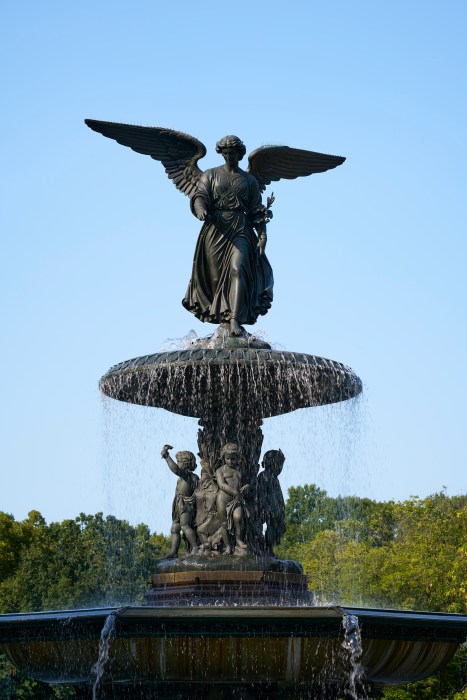
Her most famous work, Bethesda Fountain, combines civic purpose with personal significance. The Angel of the Waters honors the Croton Aqueduct, which brought clean water to New Yorkers, while the angel’s symbolism also resonates with Stebbins’s own losses and her partner’s health struggles. Though the fountain itself cannot travel, the museum is presenting it through augmented reality in Heckscher Park.
“We wanted to bring Bethesda Fountain to the exhibition in a way that allows visitors to experience it fully,” Arnet said. “Through augmented reality, you can view the fountain in the park and take a 360-degree virtual walk around it. It’s a magical way to engage with her work.”
The exhibition also contextualizes Stebbins’s influence through contemporary artists, including painter Martha Edelheit and photographer Ricky Flores, whose 1983 image of the fountain during the Puerto Rican Day Parade captures its ongoing cultural resonance.
“Stebbins’s work has inspired generations of artists,” Arnet said. “Her ability to blend classical ideals with modern life continues to resonate today.”
A richly illustrated 256-page catalog accompanies the exhibition, with essays by curators and scholars that delve into Stebbins’s transatlantic career and her contributions to art history.
“From the very beginning, our goal was to create a legacy,” Arnet said. “This exhibition not only brings these incredible works together for the public but restores Stebbins to her rightful place in American art history.”
With support from institutions including the New York State Council on the Arts, the Robert David Lion Gardiner Foundation and the Terra Foundation for American Art, “Emma Stebbins: Carving Out History” promises to redefine public understanding of one of America’s most significant neoclassical sculptors.
“Emma Stebbins was a true innovator,” Arnet said. “We are thrilled to share her vision, her talent and her history with the world.”
Visit www.heckscher.org to learn more.




